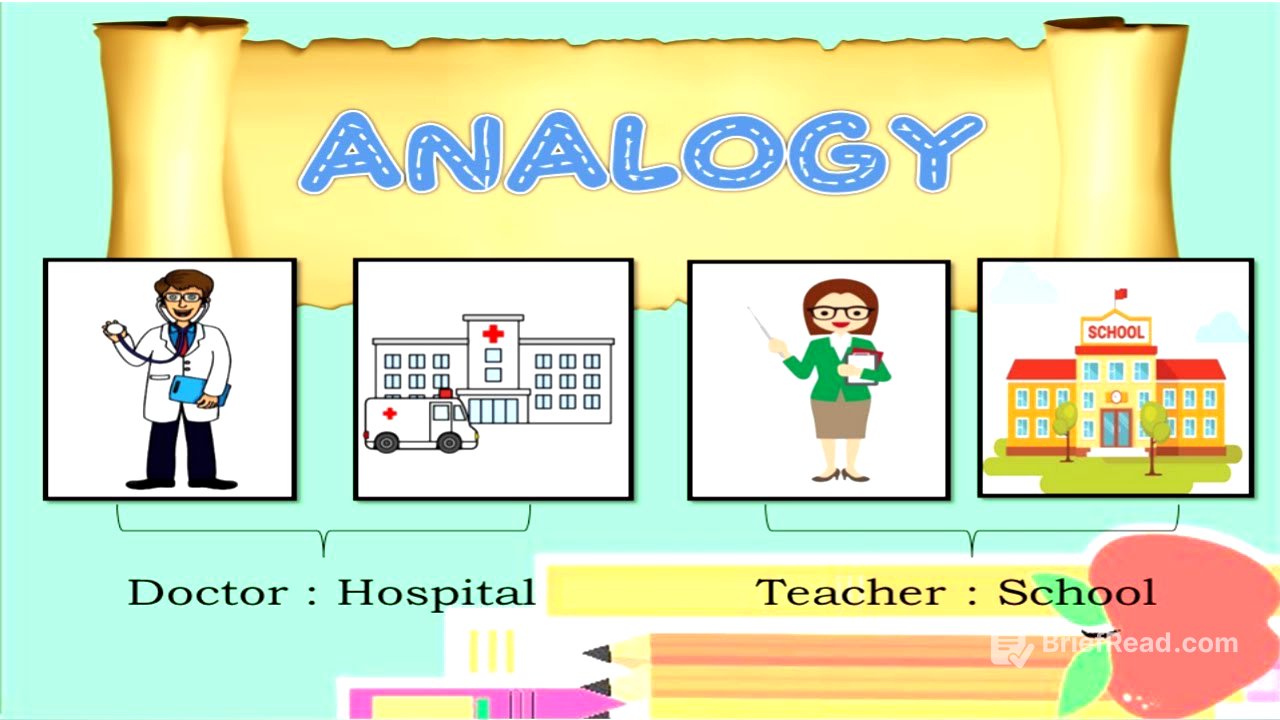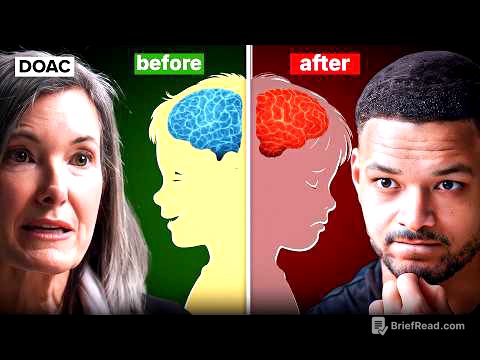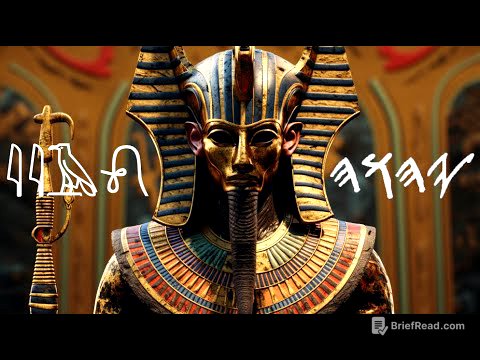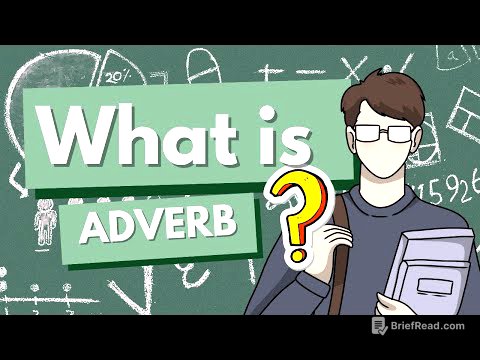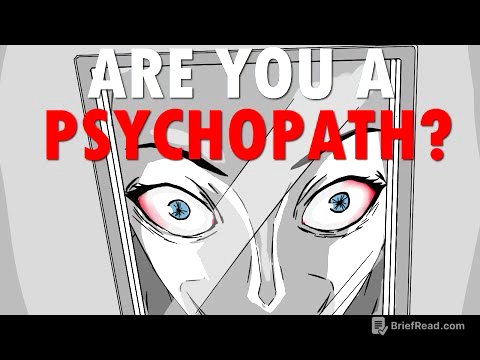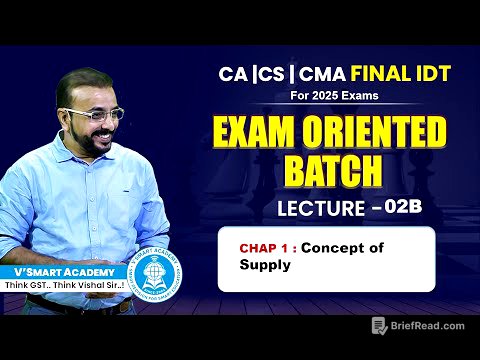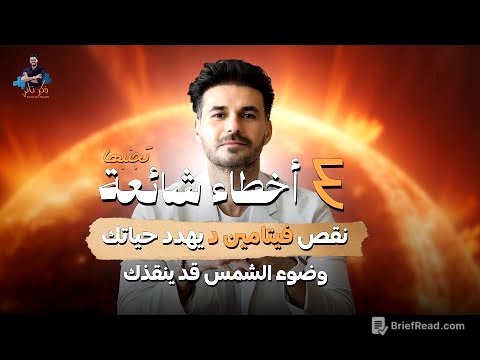TLDR;
This video by Teacher EY Reviews provides a comprehensive lesson on analogies for English 7, based on the most essential learning competencies. It explains what analogies are, how to identify relationships between word pairs, and different types of analogies such as type/kind, characteristics, synonyms, antonyms, and part-to-whole. The lesson includes examples and practice questions to help students understand and apply the concept of analogies.
- Analogy is a comparison between two objects or systems that highlights their similarities.
- Identifying the relationship between the first pair of words is key to solving analogies.
- Different types of analogies include type/kind, characteristics, synonyms, antonyms, and part-to-whole.
Introduction to Analogies [0:00]
The video introduces the concept of analogies as part of the English 7 curriculum, based on the most essential learning competencies. Analogy is defined as a comparison between two objects or systems, highlighting their similarities. Understanding word analogy involves recognizing the relationship between given words to determine their category. The key to solving analogies is identifying the relationship between the initial pair of words.
Understanding Relationships in Analogies [0:52]
The teacher explains that analogies involve identifying the relationship between two pairs of words. The facilitator provides the first pair, and then only one word from the second pair. The task is to identify the missing word that best fits the relationship established by the first pair. Careful examination is crucial to determine the relationship within the analogy.
Illustrative Examples of Analogies [1:34]
The video uses images to illustrate analogies, such as a doctor and a hospital, and a teacher and a school. The relationship is that a doctor works in a hospital, so a teacher works in a school. Analogy combines logic and perception, requiring identification of relationships based on both personal understanding and logical reasoning.
More Examples and Practice [3:04]
Several examples are provided to further illustrate analogies. For instance, "kitchen is to house as keyboard is to blank," with the correct answer being "computer" because a kitchen is part of a house, just as a keyboard is part of a computer. Another example is "sad is to happy as bored is to blank," where the answer is "exciting" because sad and happy are antonyms, and bored and exciting are also antonyms.
Examples with Wing and Bird, Wheel and Car [4:48]
The lesson continues with more examples, such as "wing is to bird as fin is to blank," with the answer being "fish" because a bird uses wings to fly, and a fish uses fins to swim. Another example is "wheel is to car as propeller is to blank," with the answer being "plane" because a wheel is part of a car that helps it move, and a propeller is part of a plane that helps it fly.
Examples with Whisker and Cat, Pretty and Beautiful [6:31]
Additional examples include "whisker is to cat as fangs is to blank," with the answer being "snake" because whiskers are part of a cat, and fangs are part of a snake. The example "pretty is to beautiful as thin is to blank" is also given, with the answer being "slender" because pretty and beautiful are synonyms, as are thin and slender.
Types of Analogies: Type/Kind [8:17]
The video transitions to discussing different types of analogies, starting with "type or kind." An example is given: "French is a type of language," which correctly identifies the relationship. The other options, such as "history is a type of food" and "water is a type of car," are incorrect because they do not represent a logical type/kind relationship.
Types of Analogies: Characteristics [9:10]
The next type of analogy discussed is "characteristics." The correct statement is "a characteristic of snow is to be white." The other options, such as "a characteristic of a book is to be angry" and "a characteristic of the sky is to be fast," are incorrect because they do not accurately describe a characteristic.
Types of Analogies: Synonym [10:02]
The video explains synonym analogies, where the words have similar meanings. The correct example is "someone who is brilliant is very smart" because "brilliant" and "very smart" are synonymous. The other options do not demonstrate a synonym relationship.
Types of Analogies: Antonym [10:47]
The lesson moves to antonym analogies, focusing on opposite meanings. The correct statement is "chaos is the opposite of peace." The other options use synonymous relationships instead of antonyms.
Types of Analogies: Part to Whole [11:38]
The final type of analogy covered is "part to whole." The correct example is "pedal is part of a bicycle." This illustrates that a pedal is a component of a bicycle, fitting the part-to-whole relationship.
Practice Questions: King and Throne, Pleasure and Sorrow [12:07]
The video includes practice questions to reinforce the concepts. For example, "king is to throne as judge is to blank," with the correct answer being "court." Another question is "pleasure is to sorrow as right is to blank," with the answer being "wrong," demonstrating an antonym relationship.
Practice Questions: Moth and Insect, Eye and Wink [13:24]
More practice questions are presented, such as "moth is to insect as mouse is to blank," with the answer being "rodent," illustrating a type/kind relationship. The question "eye is to wink as heart is to blank" is also asked, with the answer being "palm," demonstrating a function-based relationship.
Practice Questions: Calendars and Dates, Dictionaries and Words [14:38]
The final practice question is "calendars is for dates dictionaries for blank", with the correct answer being "words". This is because in calendars we can find dates and in dictionaries we can find words.
Conclusion [15:16]
The video concludes by summarizing the module on analogies for English 7, based on the most essential learning competencies. Viewers are encouraged to subscribe for updates on future videos covering English 7 topics. The module is based on the materials provided by SDO Pampanga.
